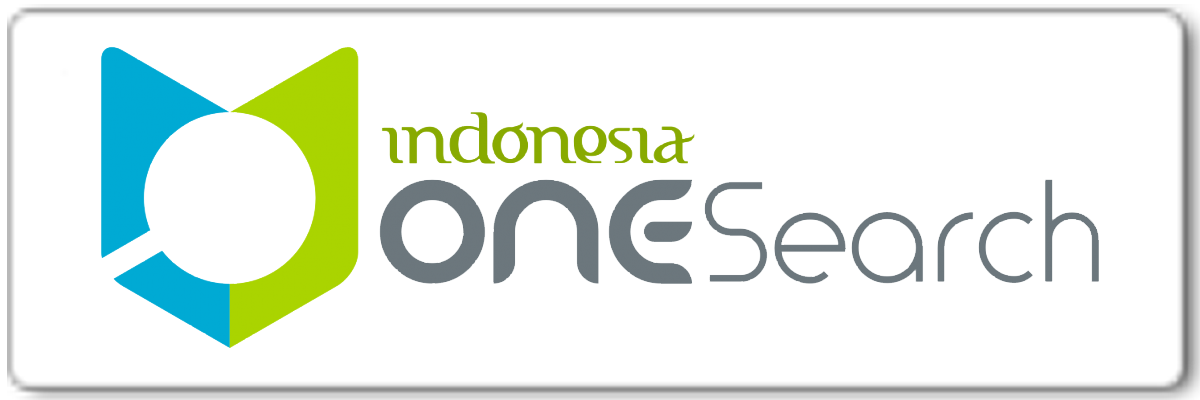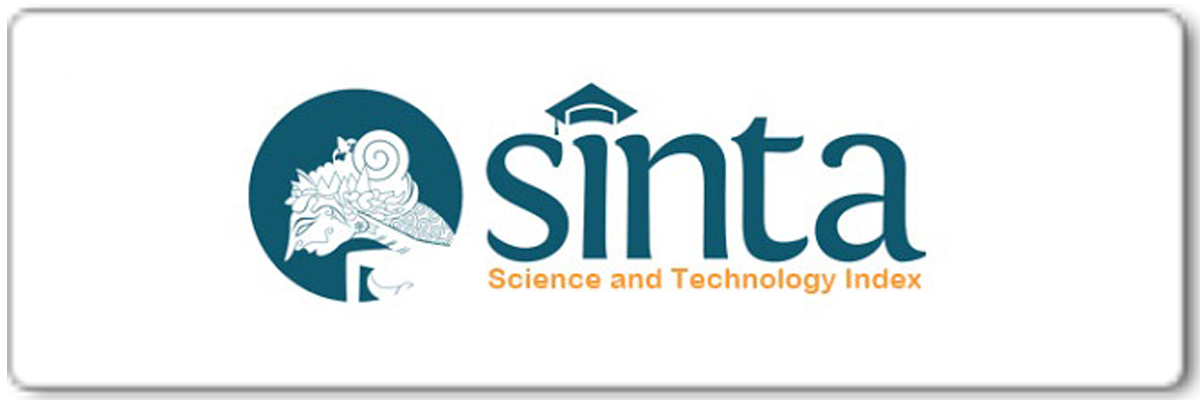SPEAK UP YOUR STUDENTS WITH MIRROR, HANDS AND EYES
Abstract
Mirror, Hands and Eyes is a technique to teach speaking which use mimic in it. This research has purposes to describe how the implementation of Mirror, Hands and Eyes, and to know the advantages and disadvantages of the implementation of Mirror, Hands and Eyes in teaching speaking. This is descriptive qualitative research. The researcher takes three sources of the data, social situation, informant, and document. The sample is using purposive sampling. Observation, interview and documentation are the technique used by the researcher to collect the data. Theoretical and methodological triangulation used by the researcher to measure the valid data. The techniques of analyzing data are compiling, disassembling, reassembling, interpreting, and concluding.The advantages of this technique are increase the students’ speaking skill, increase the students’ enthusiast, easily follow the correct pronunciation, lock the students’ focus. The disadvantages are the technique disallow the students build new words, and the lack of vocabulary makes the students face the difficulties to make sentences. It can be concluded by the theory of Panesso and Brown with little modification to make students speak up that show the implementation of Mirror, Hands and Eyes works in chronological ways with pre-activity, whilst activity, and post activity inside.
Keywords
Full Text:
PDFReferences
Biffle, Christopher. (2013). Whole Brain Teaching for Challenging Kids. New York: McGraw-Hill.
Brown, H. Douglas. (2000). Teaching by Principles An Interactive Approach to Language Pedagogy Second Edition. New York: Longman.
Fraenkel, Jack R. et al. (2012). How to Design and Evaluate Research in Education. New York: McGraw-Hill.
Kelly, Spencer D. et al. (2008). Gesture Gives a Hand to Language and Learning: Perspectives from Cognitive Neuroscience, Developmental Psychology and Education. Colgate University: Blackwell Publishing Ltd.
Mackey A. and Gass. M Susan. (2005). Second Language Research Methodology and Design. New Jersey: Lawrence Erlbaum Associates, Publisher.
Maria Szott and Megan Molitoris. (2010). How Can Whole Brain Teaching Impact Our Classroom Environment?.
National Research Council. (2004). Engaging Schools Fostering High School Students' Motivation to Learn. Washington, D.C.: The National Academies Press.
Panesso, Carmen Helena Rodas et al. (2012). Implementation of The Whole Brain Teaching Method in A Third Grade from A Public School in Pereira, Risaralda. Pereira: Universidad Tecnològica De Pereira.
Qian, Xiaoqing. (2012). A Study on the Teaching Methods of Improving Students' Oral English. Finland: Academy Publisher.
Septiana, Mega. (2014). Somatic Auditory Visual Intellectual (SAVI) in Teaching Speaking of Descriptive Text to the Seventh Grade Students of SMPN 1 Barat Magetan in Schooling Year 2013/2014. Unpublished Thesis. Madiun: Department of English Teaching. IKIP PGRI Madiun.
Westwood, Peter S. (2004). Learning and Learning Difficulties A Handbook for Teachers. Victoria: ACER Press.
Yin K. Robert. (2011). Qualitative Research from Start to Finish. United States of America: The Guild Ford Press.
Article Metrics
Abstract has been read : 503 timesPDF file viewed/downloaded: 0 times
DOI: http://doi.org/10.25273/etj.v3i1.730
Refbacks
- There are currently no refbacks.
Copyright (c) 2016 English Teaching Journal : A Journal of English Literature, Language and Education
English Teaching Journal: A Journal of English Literature, Language and Education indexed by:
This work is licensed under a Creative Commons Attribution-NonCommercial-ShareAlike 4.0 International License.







